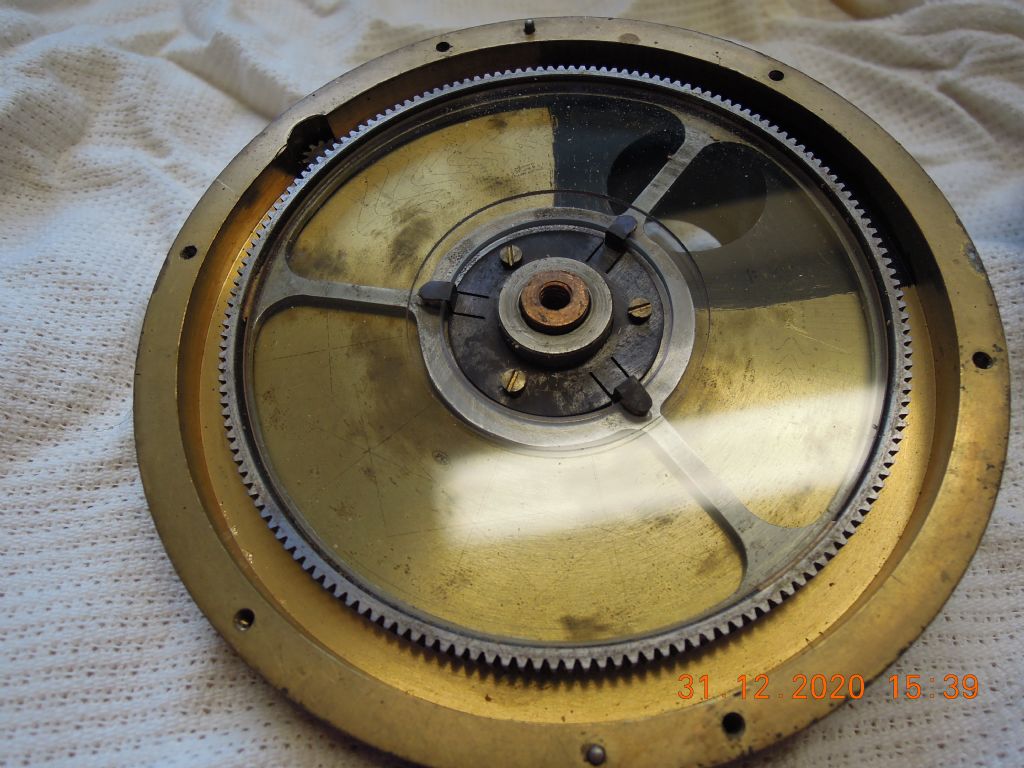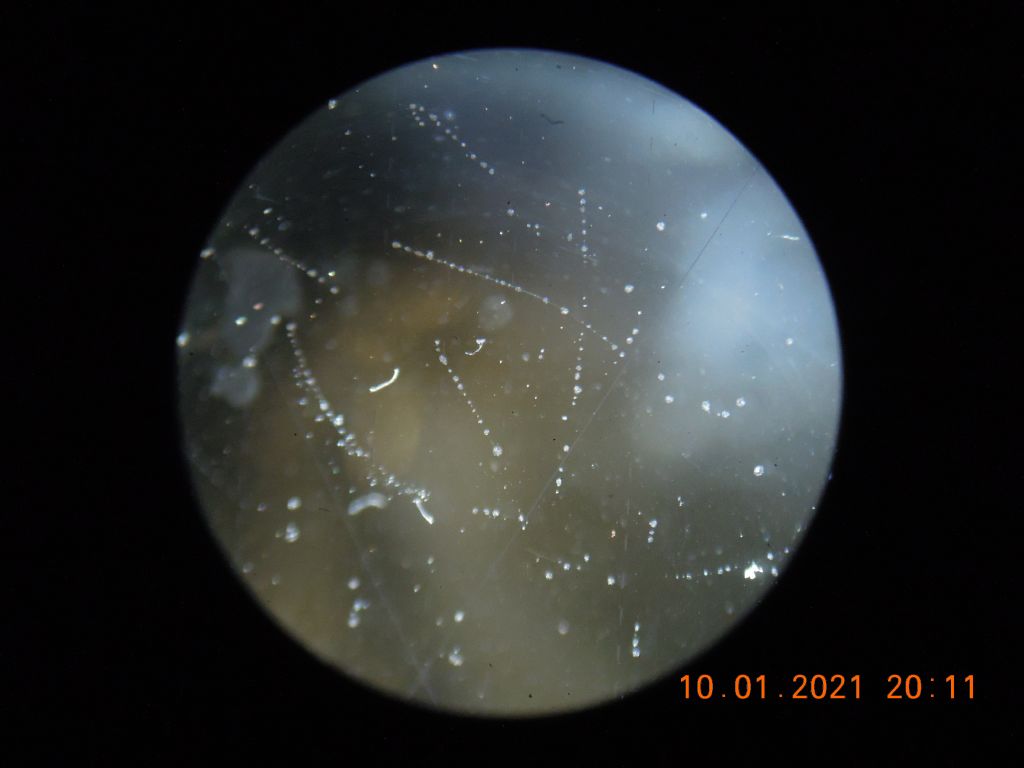microscope graticule cleaning – recommendations required
microscope graticule cleaning – recommendations required
- This topic has 12 replies, 7 voices, and was last updated 12 January 2021 at 16:12 by
Nigel McBurney 1.
Viewing 13 posts - 1 through 13 (of 13 total)
Viewing 13 posts - 1 through 13 (of 13 total)
- Please log in to reply to this topic. Registering is free and easy using the links on the menu at the top of this page.
Latest Replies
Viewing 25 topics - 1 through 25 (of 25 total)
-
- Topic
- Voices
- Last Post
Viewing 25 topics - 1 through 25 (of 25 total)
Latest Issue
Newsletter Sign-up
Latest Replies






